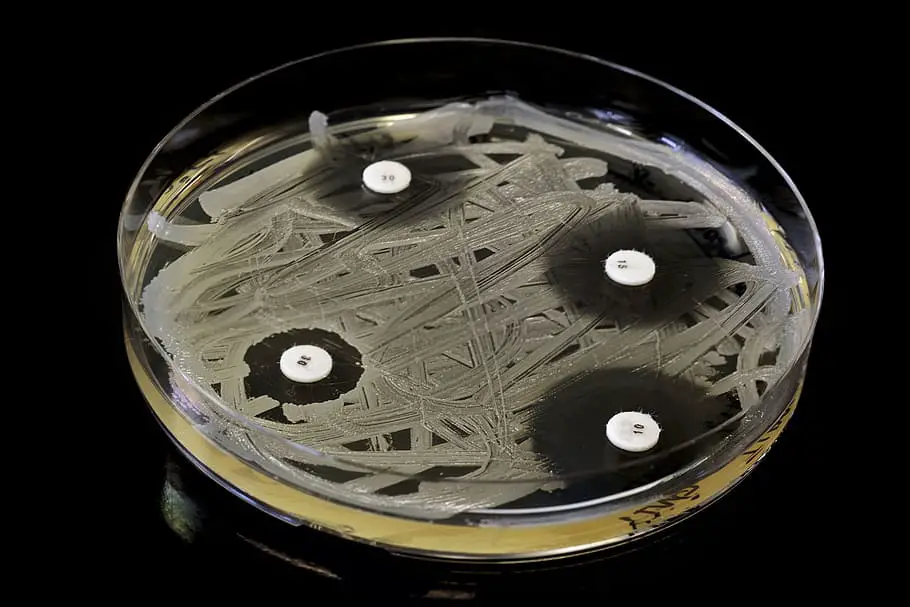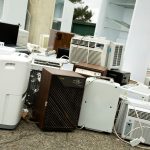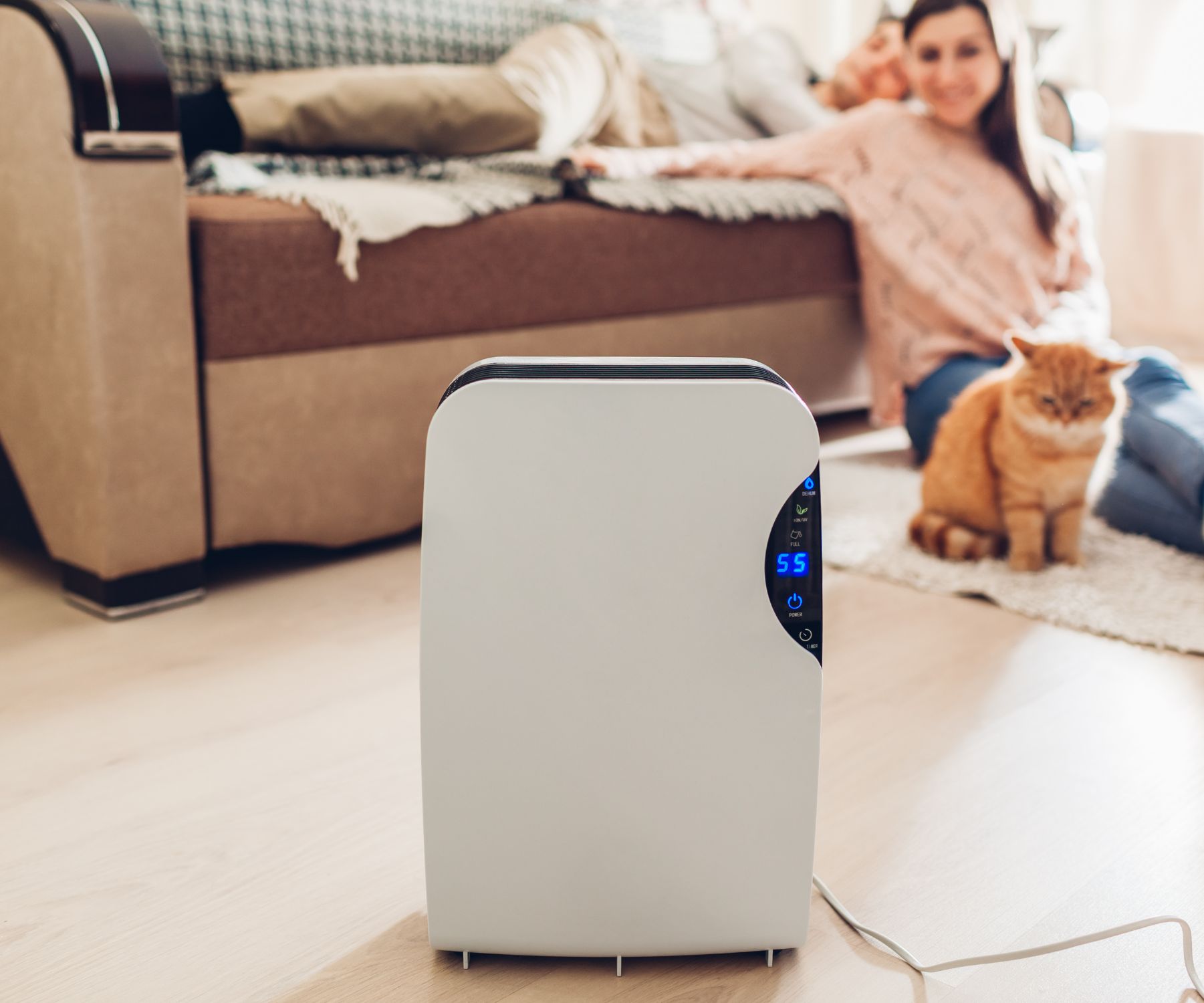Though mold and fungus maybe very beneficial as a decomposing agents in our environment, we certainly do not need their decomposing properties in our homes.
Mold can rot the structure of your home along with your carpet and wood work.
And it can also be the source for all types of respiratory issues and allergies.
Two of the most popular devices to help combat mold in the home and dehumidifiers and air purifiers.
Though they have two different functions, they both are able to tackle mold in their own way.
So which one is better?
Table of Contents
An air purifier or dehumidifier for mold?
A dehumidifier has an advantage over an air purifier for mold because it can eliminate the source of mold which is humidity. Mold must already be present for an air purifier to be useful.
In other words, by eliminating humidity with a dehumidifier you can stop mold from growing before there becomes a need for an air purifier.
The function of a dehumidifier is to reduce the moisture in the air.
The function of an air purifier is to filter contaminants out of the air.
Many airborne contaminants like mold spores and dust mites need a high level of humidity to flourish. Humidity is their nourishment.
A dehumidifier can take the humidity out of the air, thereby taking away the nourishment for mold to grow and dust mites to thrive.
If mold is already present, a dehumidifier can help it from spreading further but an air purifier will be needed to eliminate mold spores from the ambient air. (The air you breathe)
Also if mold already exists, it will have to be cleaned up. Cleaning it up can disturb it and kick up mold spores into the air, once again creating a need for an air cleaner.
So as you can see, an air purifier and a dehumidifier work well hand-in-hand.
 But…
But…
Although a dehumidifier may have the advantage over an air purifier for mold during the hot muggy months,
It is not as useful in the cooler months and does not help to combat mold spores when the source of mold and fungi is not high climate humidity.
Winter comes with many mold abatement issues as well.
Melting ice combined with heated indoor air create an excellent breeding ground for mold.
Even though the indoor humidity may be very low, opportunities for mold to flourish can be abundant.
Air purifier vs. Dehumidifier for mold in the winter.
Most dehumidifiers need the temperature to be at least 60 degrees before they work properly.
That creates little use in the winter months for a dehumidifier.
An purifier on the other hand is useful for removing mold spores from the air all year long.
Eliminating the moisture out of the air to combat mold is only one weapon.
Other sources of mold can come in the form of cracked or leaky pipes and poorly sealed windows.
Another source for mold in the air is the HVAC central heat and air unit.
Because of the environment inside of the HVAC housing,
namely the condensation from the air conditioning coils combined with the lack of light,
Mold can form inside of the ductwork and become an indoor air pollution issue whenever the unit kicks on.
Because the source is easily identified as being the cooling coils and the drip pan.
UV lights can be mounted and targeted on the mold and mildew producing areas to keep mold from becoming an issue.
Indoor air purifiers can also replaced in the ductwork.
Induct Air purification technologies like photo catalytic oxidation are very effective at reducing mold.
By placing photocatalytic oxidation air purifiers inside of the ductwork of your central heat and air unit,
you can effectively turn your heat and air into a whole house air purifier that will not only reduce mold spores in the air, will also stop mold at the source before it becomes a problem.
In climates where humidity does not take a break in the fall or spring,
Whole house Dehumidifiers can be installed to work with the existing HVAC ductwork to reduce the humidity in the whole house.
Whole house dehumidifiers have a few distinct advantages over stand-alone dehumidifiers.
- You don’t have to keep emptying the bucket. The condensate is piped to outside of the house.
- The heat from the dehumidifier is kept in the Attic instead of being pumped into the room where you’re standing alone dehumidifier would be sitting.
- They work for every room where there is ductwork ran.
Unfortunately it’s the basement that doesn’t have ductwork ran into it many times.
The typical basement is moist and the air quality is abysmal.
The basement is another area where a dehumidifier and an air purifier are needed to work hand-in-hand.
You can run an air purifier 24/7 in the basement to make the air breathable but until you do something to dry up the moisture, you’ll have a continual air quality problem in the basement.
That’s where the dehumidifier comes in. After ensuring that there is no broken or leaking pipes, running a dehumidifier in the basement to stop the source of mold spores and then running an air purifier to filter the existing mold spores,
You can make your basement and much more inhabitable spot in the house.
 Conclusion
Conclusion
A dehumidifier can prevent mold before there is ever a need for an air purifier.
But when mold already exists, though a dehumidifier can slow its growth,
An air purifier is needed to reduce mold spore allergens from the air.
Also the presence of mold means that mold cleanup will be needed.
Disturbing mold can kick up mold spores in the air, again warranting the need of an air purifier.
But once the mold is removed and the air is filtered,
A dehumidifier will reduce the moisture in the air and help starve and stop any mold and fungi regrowth.
Dehumidifiers and air purifiers also come in whole house units that can be installed using the HVAC ductwork.
The added expense can be worth the benefits that come along with whole house dehumidification and air purification.







